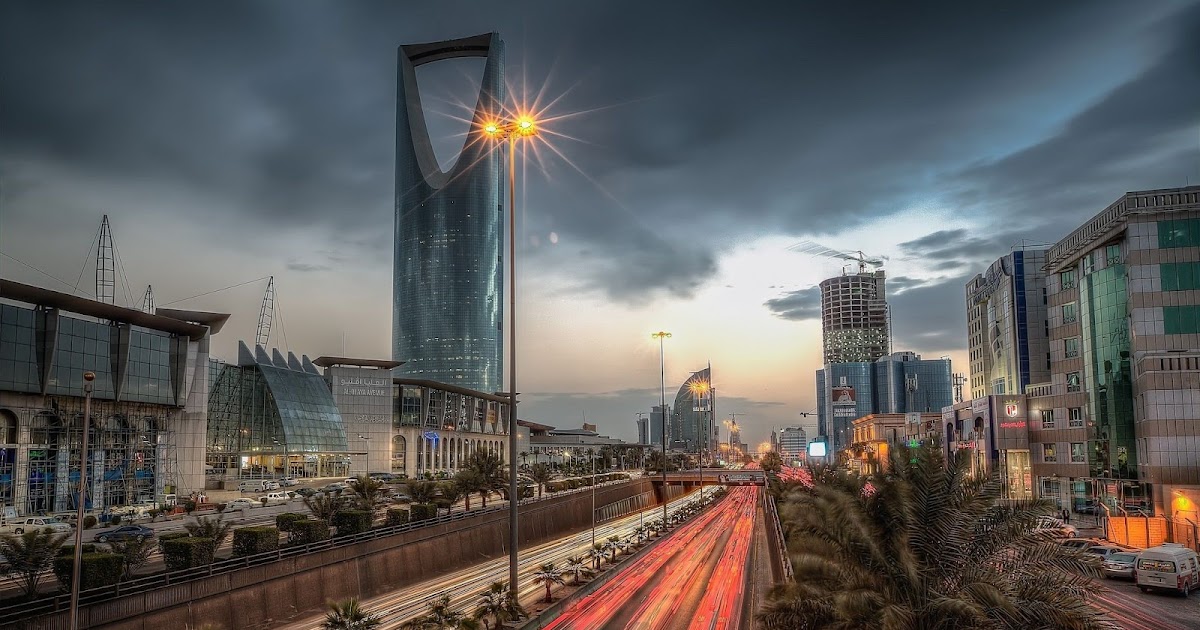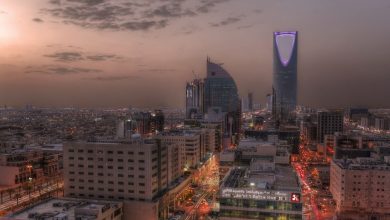Saudi Arabia – The rising star of global tourism

For decades, Saudi Arabia was known above all as the spiritual heart of the Islamic world – a land of pilgrimage, faith and desert majesty. But today, a new chapter opens. Beyond the holy cities and ancient dunes, the Kingdom is redefining itself as a world-class tourist destination, combining heritage, innovation and unparalleled Arab hospitality. From the coral islands of the Red Sea to the futuristic cities emerging in the desert, Saudi Arabia is no longer a secret to discover: it is a global experience in the making.
A reinvented land
Transforming the Saudi tourism landscape is not just a marketing project; it is a national vision: Vision 2030. This ambitious initiative aims to diversify the economy, open the country to the world and position tourism as one of the pillars of the future.
In the past, travelers associated Saudi Arabia primarily with business or religious travel. Today, a new generation of explorers comes to discover ancient civilizations, wild adventures, coastal serenity and cultural festivals that rival those in the region.
What makes Saudi Arabia truly unique is the balance between tradition and innovation – a rare harmony that offers every traveler both authenticity and modern comfort.
Heritage hidden under the sand
Before modern skyscrapers and futuristic cities, Arabia was home to empires, merchants, poets and desert tribes. Sites like AlUla, Diriyah and Najran reveal this heritage in stunning form.
AlUla, often called the “open-air museum of Arabia”, is one of the most fascinating archaeological treasures in the world. Its sandstone tombs carved by the Nabataeans – the same civilization that built Petra – shine gold under the Arabian sun. Unlike many tourist-heavy sites elsewhere, AlUla offers visitors a leisurely immersion. The experience is intimate, as if traveling through a lost world preserved in silence.
Meanwhile, Diriyah, the birthplace of the Saudi state, is reborn as a vibrant cultural district. Traditional Najdi architecture, museums, art galleries and heritage hotels line the mudbrick lanes. Diriyah is more than just dining; it is a renewal of identity, inviting travelers to bear witness to the origins of Saudi Arabia.
Nature beyond imagination
When most people think of Saudi Arabia, they imagine endless sand dunes. But the country’s geography is surprisingly diverse – from lush green mountains to crystal clear waters.
To the southwest, the Asir Mountains rise dramatically, shrouded in mist and covered in juniper forests. The region’s capital, Abha, enjoys a cool climate all year round, a refreshing contrast to the heat of the desert. Here, visitors can ride a cable car above the clouds, explore ancient stone villages like Rijal Almaa, and experience the colorful culture of the flower men, one of Arabia’s most photogenic traditions.
To the north is the Tabuk region, where sandstone formations and red canyons form surreal desert landscapes. It is also the gateway to NEOM, a futuristic city under construction along the Red Sea, where sustainable living, innovation and nature coexist in harmony.
And speaking of the sea, the Saudi Red Sea coast is a still largely untouched paradise. Coral reefs stretch for hundreds of miles, offering diving experiences that rival those in the Maldives or Egypt’s Sinai, but with far fewer crowds. The government’s Red Sea project is transforming this coastline into an eco-luxury destination with floating villas, marine sanctuaries and desert resorts powered entirely by renewable energy.
The Desert – Kingdom of Silence and Stars
No trip to Saudi Arabia is complete without an entry into the desert, the timeless soul of Arabia. The Empty Quarter (Rub’ al Khali), one of the largest sand deserts on the planet, is a place where time seems to stand still. Travelers can camp under endless stars, ride camels across endless dunes, and experience a silence so deep it seems sacred.
In Al Ahsa Oasis, another UNESCO site, desert meets life in a miracle of greenery. More than two million palm trees, ancient canals and hidden springs make this oasis one of the most extraordinary landscapes in the Middle East. It is a living symbol of resilience: the way life thrives even in the most difficult environments.
Cultural renaissance and local traditions
The renaissance of tourism in Saudi Arabia is also a cultural awakening. The once-quiet calendar is now bursting with global events, concerts, art fairs and festivals.
Riyadh Season, for example, transforms the capital into a grand celebration of music, theater, food and fashion, attracting millions of visitors each year. Meanwhile, Jeddah Season celebrates the coastal spirit with international art exhibitions and sea-view concerts.
But beyond the glitz, what truly defines Saudi culture is hospitality. Guests are welcomed with Arabic coffee (qahwa), dates and warm smiles – traditions deeply rooted in Bedouin values. Whether you stay at a luxury resort or a humble village, you’ll feel the same heartfelt generosity that has defined Arab life for centuries.
The future: smart, sustainable and spectacular
Saudi Arabia is not just opening its doors to the world: it is reinventing tourism itself. The new destinations being built are unlike anything seen before.
NEOM, a futuristic city in the northwest, is envisioned as a zero-carbon region powered by renewable energy. It will feature THE LINE, a linear city spanning 170 kilometers with no cars, no streets and no emissions. This is not science fiction, this is the plan for the future of Saudi Arabia.
Another marvel is Qiddiya, an entertainment megaproject near Riyadh that will feature the world’s fastest roller coasters, Formula 1 tracks and cultural parks. Meanwhile, Amaala and the Red Sea Project aim to redefine luxury travel with sustainability at the heart – protecting marine life while delivering five-star experiences.
Adventure awaits every traveler
Adventure tourism is also growing rapidly. From diving with whale sharks in the Red Sea, to hiking the Asir highlands, to paragliding over the rose fields of Taif, Saudi Arabia is positioning itself as a destination for thrill-seekers.
The northern region of AlUla has introduced hot air balloon rides, desert marathons and rock climbing experiences among ancient cliffs. Meanwhile, the volcanic fields of Harrat Khaybar invite explorers to trek through black lava domes that once glowed with fire thousands of years ago.
For those seeking spiritual journeys, Medina offers peace and reflection, while Mecca continues to attract millions of pilgrims from around the world – a reminder that in Saudi Arabia, even adventure is touched by faith.
Hidden treasures still little known
Despite its rapid development, large areas of Saudi Arabia remain unexplored. Villages nestled in the mountains, coastal islands untouched by tourism, and deserts where ancient rock art still whispers stories of the dawn of humanity, all wait to be discovered.
The Kingdom’s tourism future lies not only in luxury resorts or megacities, but also in the quiet authenticity of its people and the mystery of its lands. Each region has its flavor: the spicy cuisines of Jazan, the poetic spirit of Najd, the cosmopolitan heart of Jeddah and the visionary pulse of Riyadh.
Conclusion: the new face of Arabia
Saudi Arabia’s tourism journey is only just beginning, but it is already one of the most dynamic transformations in the modern world. The Kingdom has successfully bridged the gap between ancient spirit and futuristic ambition, offering visitors an experience that is both timeless and brand new.
For travelers looking for something out of the ordinary – a place where golden dunes meet smart cities and tradition meets tomorrow – Saudi Arabia is not just a destination. It’s a revelation.


